The beginner’s guide to the F1 Super Licence
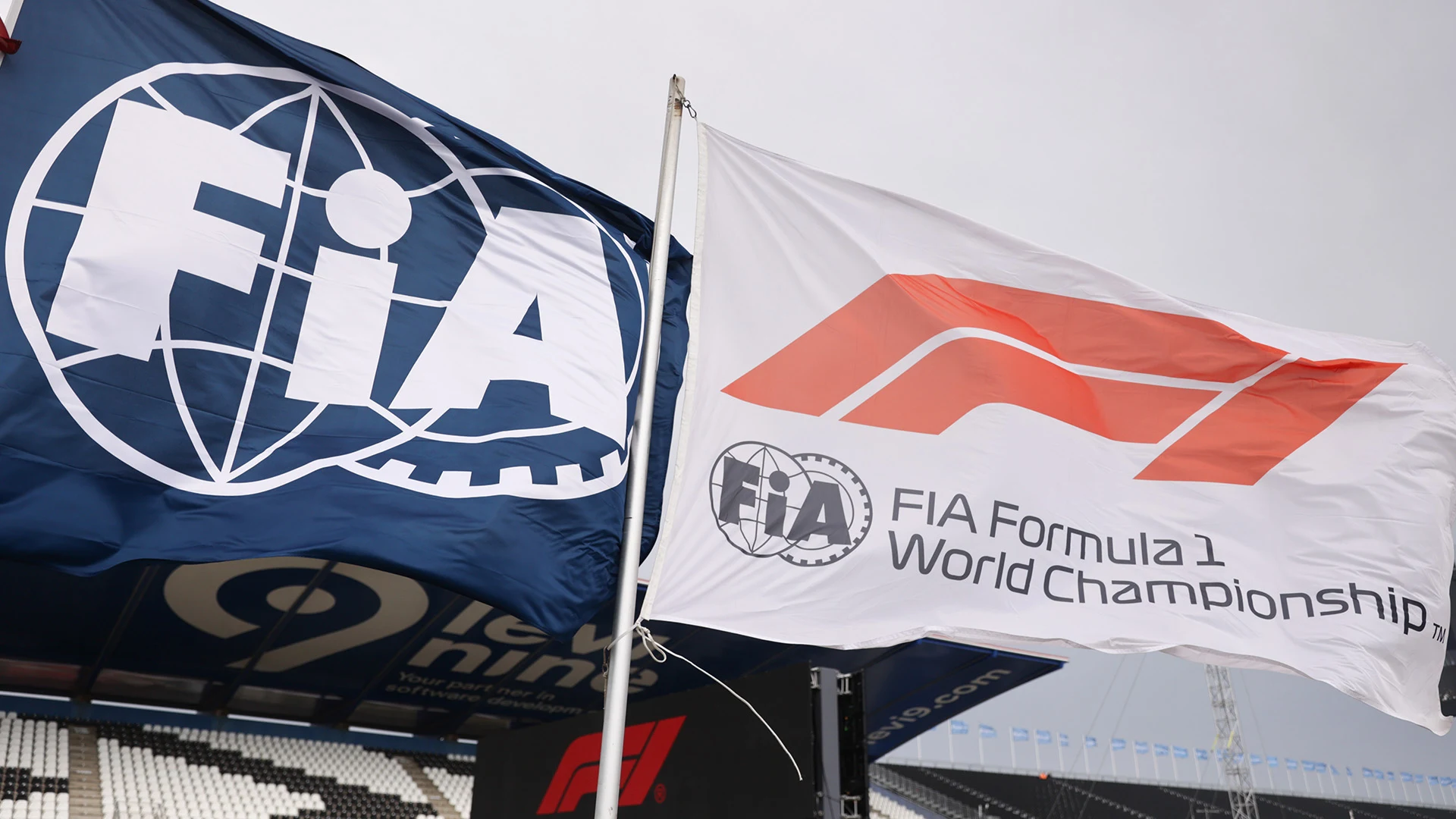
In the formative years of Formula 1, just about anyone who could afford to buy themselves a car could compete in the sport, but nowadays a driver wishing to race in F1 must hold an FIA Super Licence. Our beginner’s guide explains what the licence is and what’s needed to secure one...
What is an F1 Super Licence?
Any driver who wishes to compete in Formula 1 needs to obtain a Super Licence. This is a qualification issued by the sport’s governing body, the FIA, based on various factors (more about those in the sections below).
READ MORE: The beginner’s guide to the F1 Drivers’ Championship
A wide range of licences are issued by the FIA for their sanctioned competitions, which cover karting, endurance racing, single-seaters and much more – but F1 necessitates the top-level Super Licence.
To secure the licence, drivers must tick off some fundamental requirements as detailed in the International Sporting Code – an overarching set of rules for all FIA-governed motorsport events.
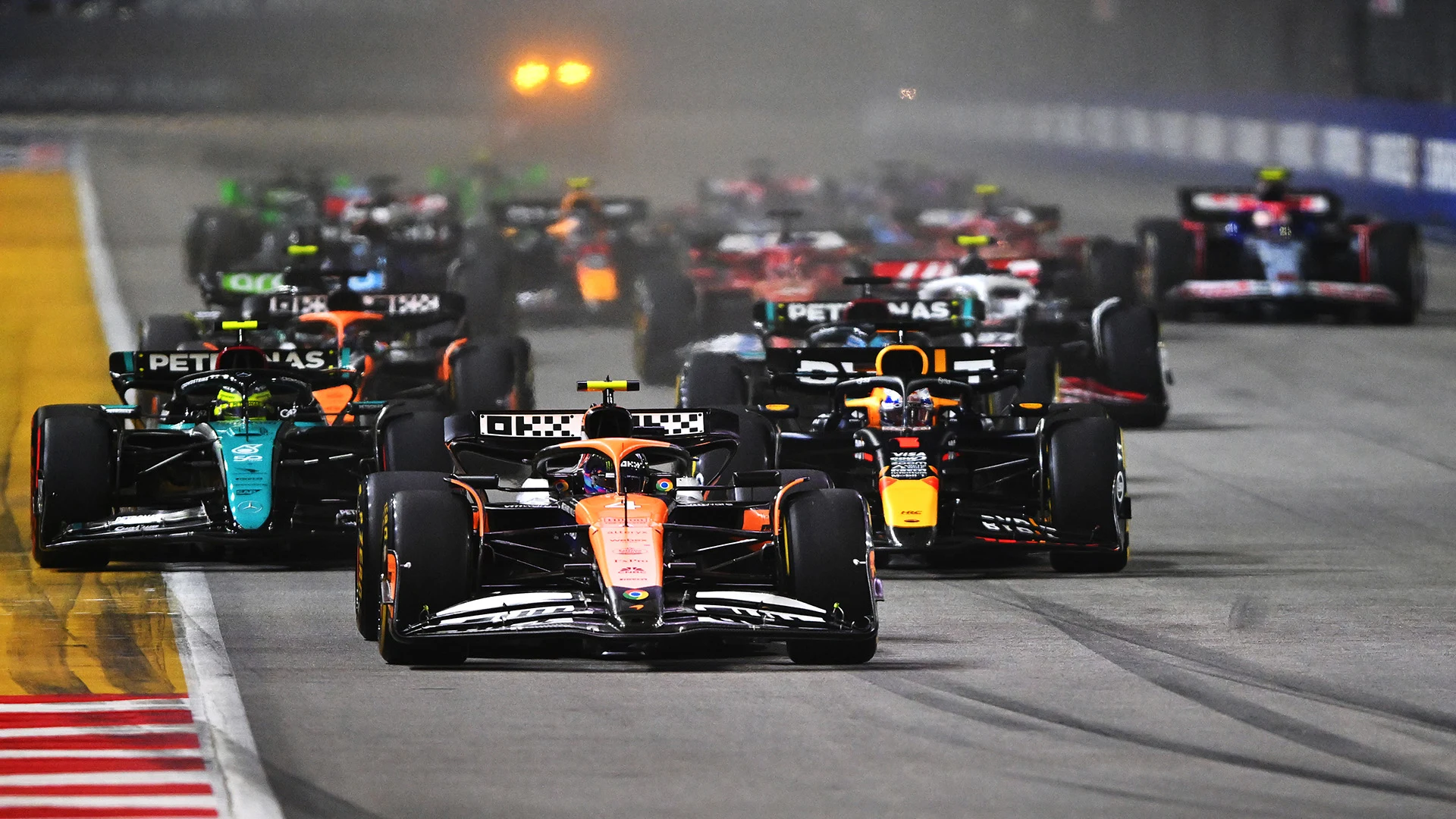
How do drivers get a Super Licence?
Until midway through 2024, the rules stated that drivers must be the holder of a current FIA International Grade A licence, be the holder of a valid driving licence and be at least 18 years old at the start of their first F1 competition.
However, the requirement to hold a driving licence was then dropped, with a note being added that “at the sole discretion of the FIA, a driver judged to have recently and consistently demonstrated outstanding ability and maturity in single-seater formula car competition may be granted a Super Licence at the age of 17 years old”.
READ MORE: The beginner’s guide to the F1 weekend
This came amid a period of intense speculation over the future of then 17-year-old Mercedes junior Kimi Antonelli, who went on to replace Lewis Hamilton as George Russell’s team mate at the Silver Arrows for 2025.
Beyond this, drivers are required to have completed at least 80% of two separate seasons from a range of certified single-seater championships (see below for the full table), and will be tasked with successfully completing a knowledge test on the International Sporting Code and F1 Sporting Regulations.
Last but not least, drivers need to have accumulated at least 40 ‘points’ on their path to F1 (see also below for that table), with the FIA considering either the three-year period preceding the year of application, or the two-year period preceding the year of application in addition to the points accumulated in the year of application.
Points awarded per championship classification
| Championship | 1st | 2nd | 3rd |
|---|---|---|---|
| FIA Formula 2 | 40 | 40 | 40 |
| IndyCar* | 40 | 30 | 20 |
| FIA Formula 3 | 30 | 25 | 20 |
| FIA Formula E Championship | 30 | 25 | 20 |
| Japanese Super Formula | 30 | 25 | 20 |
| FIA WEC (Hypercar only) | 30 | 24 | 20 |
| Formula Regional European Championship by Alpine | 25 | 20 | 15 |
| Japanese Super GT500 | 20 | 16 | 12 |
| IMSA Grand Touring Prototype* | 20 | 16 | 12 |
| Formula Regional Middle East | 18 | 14 | 12 |
| Formula Regional Americas | 18 | 14 | 12 |
| Formula Regional Japanese | 18 | 14 | 12 |
| Formula Regional Oceania | 18 | 14 | 12 |
| Formula Regional Indian | 18 | 14 | 12 |
| International Supercars Championship* | 15 | 12 | 10 |
| NASCAR Cup* | 15 | 12 | 10 |
| Indy Lights* | 15 | 12 | 10 |
| Euroformula Open | 15 | 12 | 10 |
| Japanese Super Formula Lights | 15 | 12 | 10 |
| National FIA Formula 4 Championships** | 12 | 10 | 7 |
| FIA WEC (LMGT3) | 12 | 10 | 7 |
| Asian / ELMS / IMSA Le Mans Prototype 2 | 10 | 8 | 6 |
| F1 Academy | 10 | 7 | 5 |
| Indy Pro 2000* | 10 | 7 | 5 |
| GB3 Championship | 10 | 7 | 5 |
| NASCAR National* | 10 | 7 | 5 |
| Toyota Racing Series New Zealand | 10 | 7 | 5 |
| International GT3 Series | 6 | 4 | 2 |
| Japanese Super GT300 | 6 | 4 | 2 |
| DTM | 6 | 4 | 2 |
| FIA karting World Championships in Senior Cat. | 4 | 3 | 2 |
| FIA karting Continental Championships in Senior Cat. | 3 | 2 | 1 |
| FIA karting World Championships in Junior Cat. | 3 | 2 | 1 |
| FIA karting Continental Championships in Junior Cat. | 2 | 1 | 0 |
*Subject to all (road course) rounds being held on FIA homologated tracks.
**For 2023 only, Formula 4 South East Asia certified by the FIA is awarded 50% of the points listed, on completion of three events using two track layouts, and Formula 4 India certified by the FIA is awarded 100% of the points listed, on completion of four events using two track layouts.
What about drivers returning to F1?
For drivers who last held a Super Licence prior to the previous three years of competition (excluding a Free Practice only Super Licence) – i.e. an F1 returnee – they will be considered for renewal “at the sole determination of the FIA to have recently and consistently demonstrated outstanding ability in single-seater formula cars”.
READ MORE: The beginner’s guide to the F1 calendar
Meanwhile, the F1 team concerned must show that the driver has completed at least 300km in a representative F1 car “consistently at racing speeds” over a maximum period of two days and completed not more than 180 days prior to the application, either certified by the ASN (sporting authority) of the country in which the test took place or during an F1 World Championship event.
In cases where the driver has driven at least 300km in a ‘historic car’, the F1 team concerned must certify, through the F1 Super Licence application form, that they have held a briefing with the driver to properly familiarise them with the all relevant current car controls and systems.
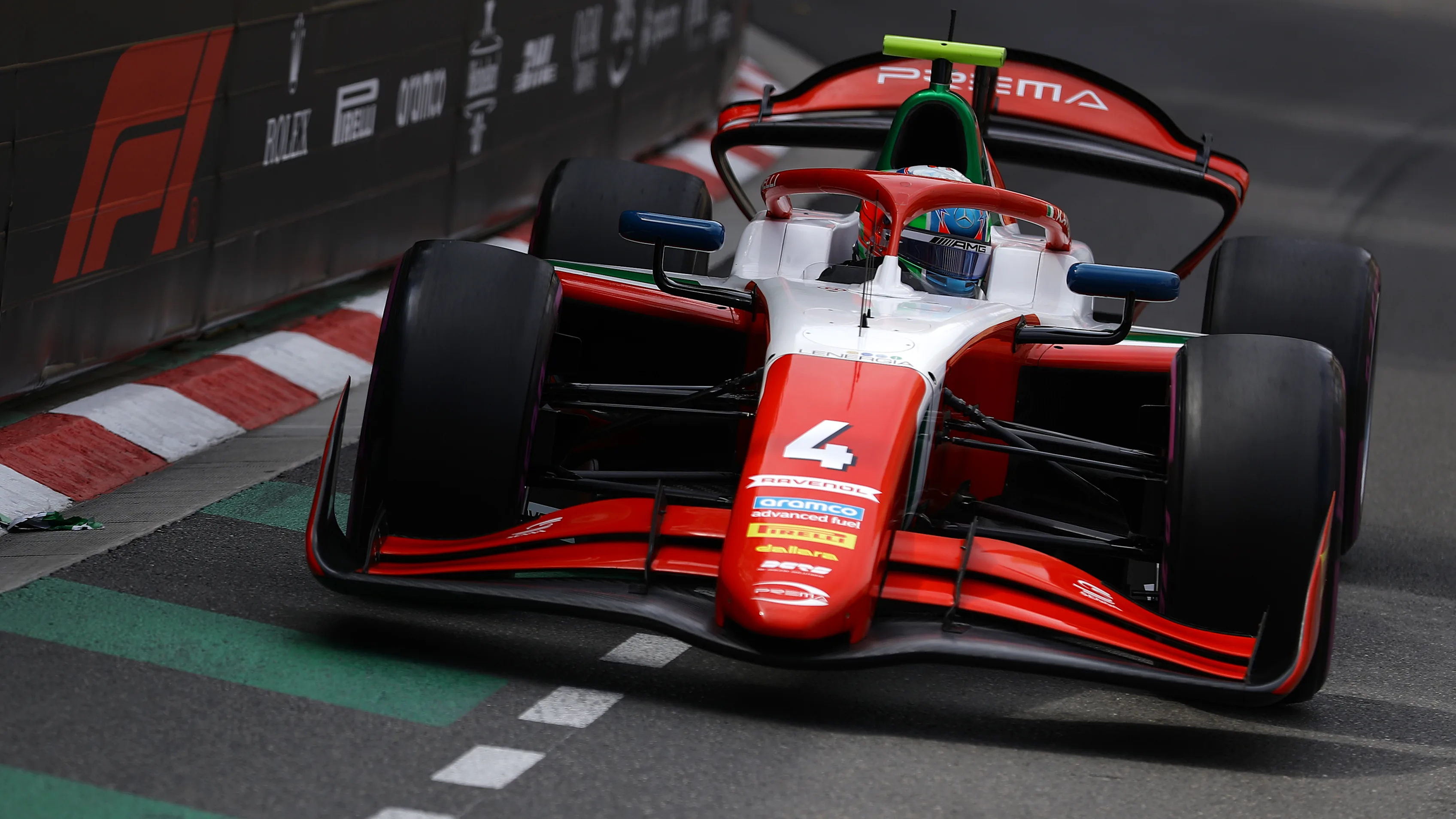
How else can drivers earn points?
In addition to the points table above, there are a few ways in which would-be F1 drivers can add to their Super Licence tallies, covering clean driving in their primary championships, the prestigious Macau Grand Prix (F3 World Cup) and trouble-free practice runs at Grand Prix weekends:
- For the FIA championships where a penalty points system is in place, any driver having competed in the whole championship without being given any penalty points will be granted an additional two points on top of their sporting results.
READ MORE: The beginner’s guide to Formula 2
-
The winner of the FIA Formula Regional World Cup will be granted an additional three points on top of their sporting results in the same calendar year.
-
A Free Practice only Super Licence holder will be granted one additional point per FIA Formula One World Championship event following successful completion of at least 100km during a free practice session, provided that no penalty points were imposed. A maximum total of 10 such additional points shall be considered for a Super Licence application.
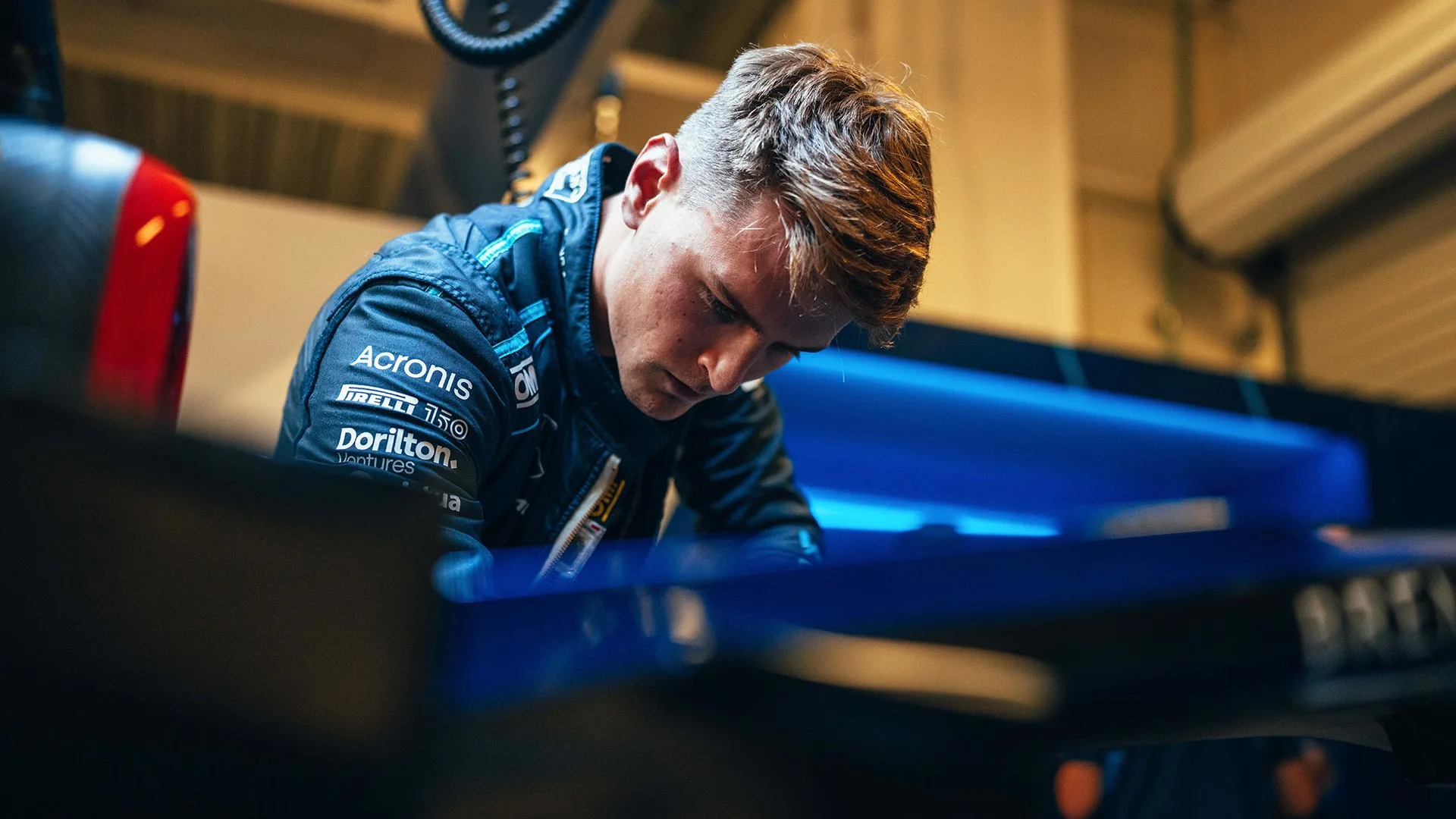
Is there a recent example for reference?
The man above, Logan Sargeant, stepped up to F1 with Williams for the 2023 season, but only after he hit the 40-point Super Licence milestone through a combination of his performances in F2 and several F1 practice runs in 2022.
Sargeant found himself on 29 Super Licence points heading into the 2022 F2 finale in Abu Dhabi, taking into account his previous F3 efforts, along with bonus points for hitting the required 100km of running during FP1 outings in the United States and Brazil.
READ MORE: The beginner’s guide to Formula 3
Despite the added pressure of the weekend, Sargeant grabbed another point from one more FP1 run at the Yas Marina Circuit, before securing P4 in the F2 drivers’ standings and bagging 30 points, plus two more for receiving no penalties across the F2 season – meaning he ultimately cleared his target.
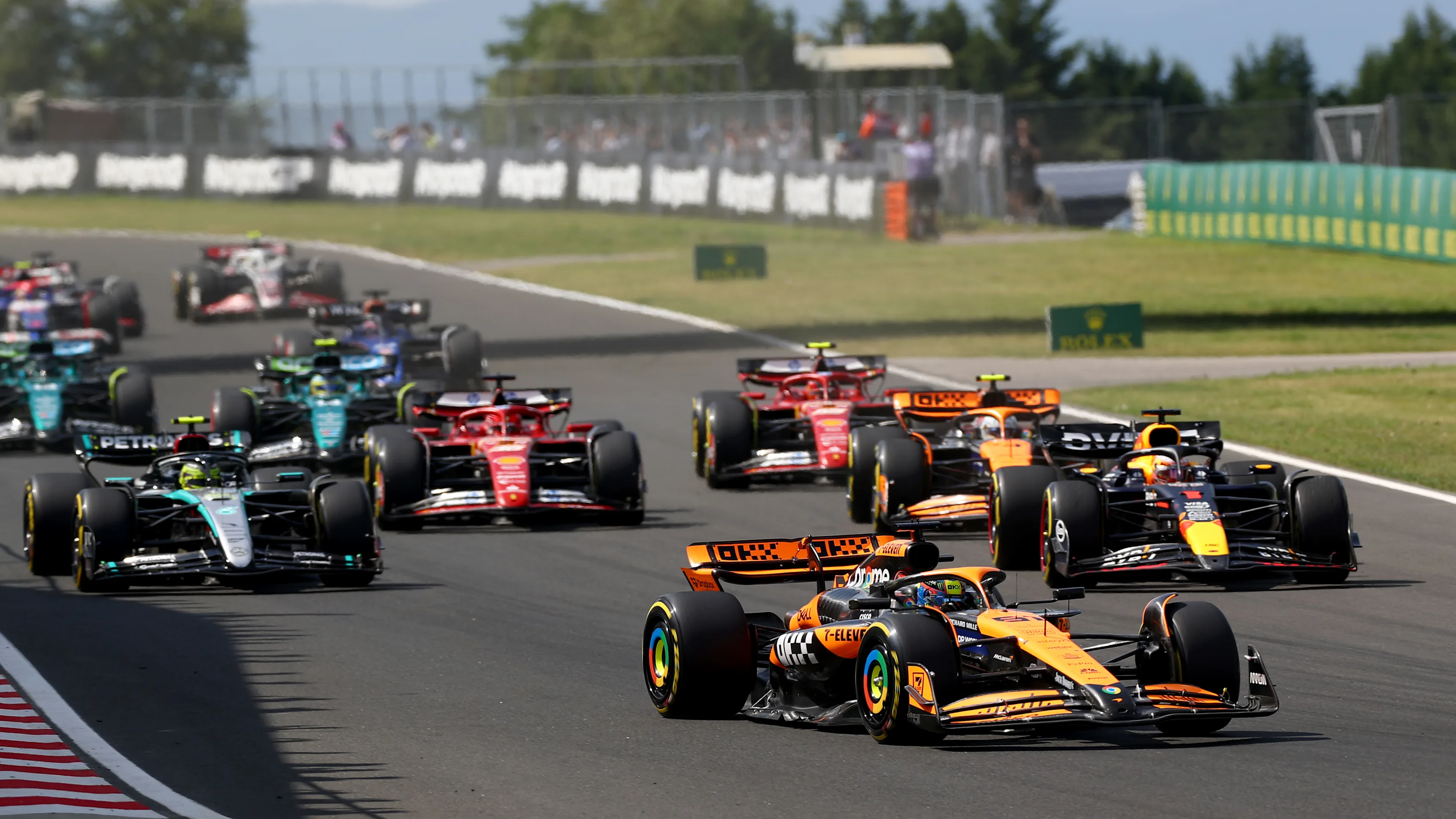
Next Up
Related Articles
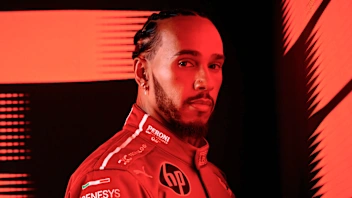 Driver of the dayHamilton gets your vote after P18-to-P7 Spa masterclass
Driver of the dayHamilton gets your vote after P18-to-P7 Spa masterclass Verstappen admits Belgian GP fightback 'will be tough' from P4
Verstappen admits Belgian GP fightback 'will be tough' from P4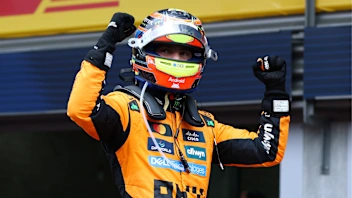 Piastri wins wet-dry Belgian GP ahead of Norris
Piastri wins wet-dry Belgian GP ahead of Norris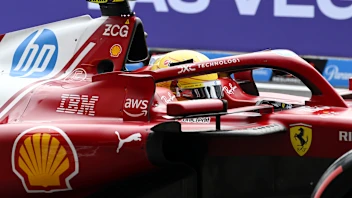 Who starts where for the Belgian Grand Prix
Who starts where for the Belgian Grand Prix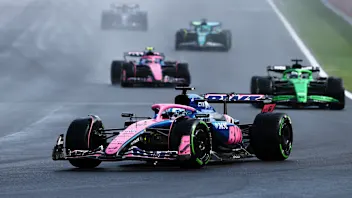 What the teams said – Race day in Belgium
What the teams said – Race day in Belgium HighlightsWatch the best moments as Piastri wins in Belgium
HighlightsWatch the best moments as Piastri wins in Belgium